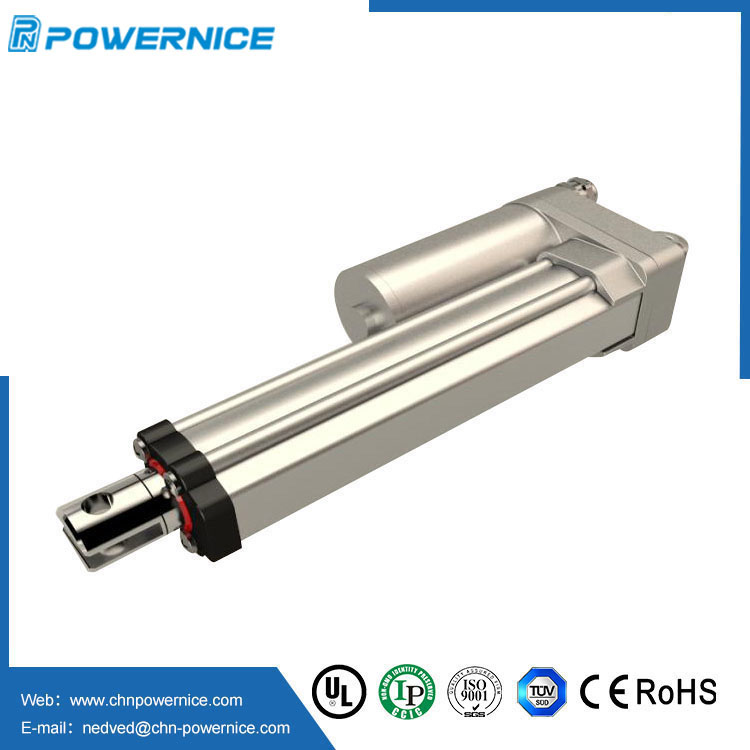Applications and features of agricultural linear actuators
2023-11-08
Agricultural linear actuators are mechanical devices used in agricultural machinery and equipment to provide linear motion or movement for various purposes. These actuators play a crucial role in automating and enhancing the efficiency of agricultural processes. Here are some common applications and features of agricultural linear actuators:
1. Adjusting Implement Depth: Linear actuators can be used to raise or lower agricultural implements such as plows, harrows, and cultivators to control the depth at which they work the soil.
2. Raising and Lowering Equipment: Actuators are used to raise and lower components like seeders, planters, and sprayers to ensure precise planting or application of fertilizers and pesticides.
3. Gate and Valve Control: In irrigation systems and grain handling equipment, linear actuators are employed to control the position of gates and valves for regulating the flow of water, grain, or other materials.
4. Steering and Guidance: Some agricultural machinery, like tractors and combines, use linear actuators in their steering and guidance systems to provide accurate control over the direction of travel.
5. Adjusting Seat and Control Panels: Linear actuators can be found in the seating and control panel adjustments of agricultural machinery, enhancing operator comfort and ergonomics.
6. Harvesting Equipment: In harvesting equipment such as combines, linear actuators are used to control the height and angle of cutting blades and platforms.
7. Barn and Livestock Equipment: Linear actuators may be used in barns to control the movement of feeding equipment, stalls, and gates, making it easier to manage livestock.
8. Solar Panel Tracking: In agricultural settings, linear actuators can be used to adjust the orientation of solar panels to maximize energy capture for powering equipment and irrigation systems.
Agricultural linear actuators can be hydraulic, pneumatic, or electric, with electric actuators being a popular choice due to their precise control and ease of integration with modern control systems. These actuators are typically designed to withstand harsh environmental conditions, such as exposure to dust, moisture, and temperature variations, which are common in agricultural settings. They contribute to increased automation and precision in modern farming practices, improving productivity and resource management.



